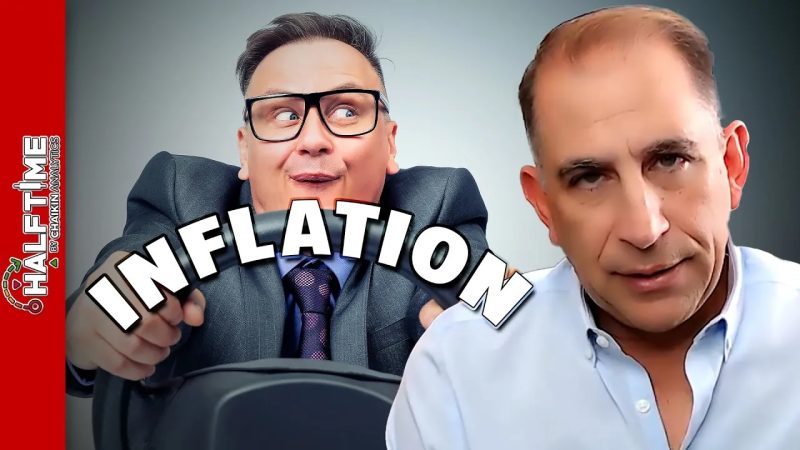The Halftime Show: Inflation Back in the Driver’s Seat
Inflation, a term often associated with rising prices and decreasing purchasing power, has made a significant comeback in recent years. As we analyze the halftime show of the economic landscape, it becomes evident that inflation has once again taken control of the driver’s seat.
Traditionally, central banks have strived to maintain stable prices by targeting a specific inflation rate. However, over the past decade, inflation seemed to be taking a backseat, with record-low interest rates and quantitative easing measures implemented to stimulate economic growth in the aftermath of the global financial crisis.
But now, inflation has reemerged as a prominent concern. As we dissect its resurgence, it is essential to understand the factors that have allowed inflation to take center stage once again.
One of the primary drivers of the inflation comeback is the massive liquidity injections by central banks into the economy. In an attempt to counteract the economic consequences of the COVID-19 pandemic, central banks around the world have resorted to unprecedented levels of money printing and stimulus packages. This flood of money into the system has contributed to an increase in the money supply, fueling inflationary pressures.
Furthermore, supply chains dealing with various commodities have been severely disrupted due to the pandemic. The closure of factories, transportation disruptions, and labor shortages have led to a decrease in production and an increase in manufacturing costs. As a result, businesses, particularly those heavily reliant on imports, are facing higher prices, ultimately passed on to consumers.
The housing market has also played a significant role in the resurgence of inflation. Historically low interest rates have fueled a surge in demand for homes, causing a rapid escalation in real estate prices. Higher housing costs directly impact the overall consumer price index, leading to inflationary pressures.
In addition to these factors, the rising cost of commodities, such as oil and lumber, has a cascading effect on various industries. Higher raw material costs are passed down the production chain, leading to price increases for goods and services across the board.
While inflation generally implies economic growth, an abrupt and steep rise in prices can have adverse effects on consumer purchasing power. When prices increase faster than wages, consumers are left with less disposable income, resulting in reduced consumption and potential economic instability.
Central banks, in recognition of these concerns, are now faced with a delicate balancing act. As they attempt to reign in inflation, they need to strike a balance between ensuring price stability and avoiding the unintended consequences of harsh tightening measures, such as curbing economic growth.
In conclusion, inflation has made a roaring comeback in the halftime show of the economic landscape. Factors such as liquidity injections, disrupted supply chains, and a surging housing market have contributed to the general increase in prices. The challenge for central banks now lies in finding the right balance to control inflation without hampering economic growth. As consumers, investors, and policymakers navigate this inflationary landscape, staying informed and adaptable will be crucial to mitigate the potential risks and capitalize on the opportunities that arise.
